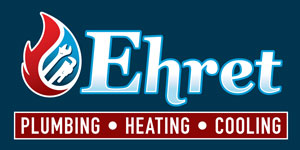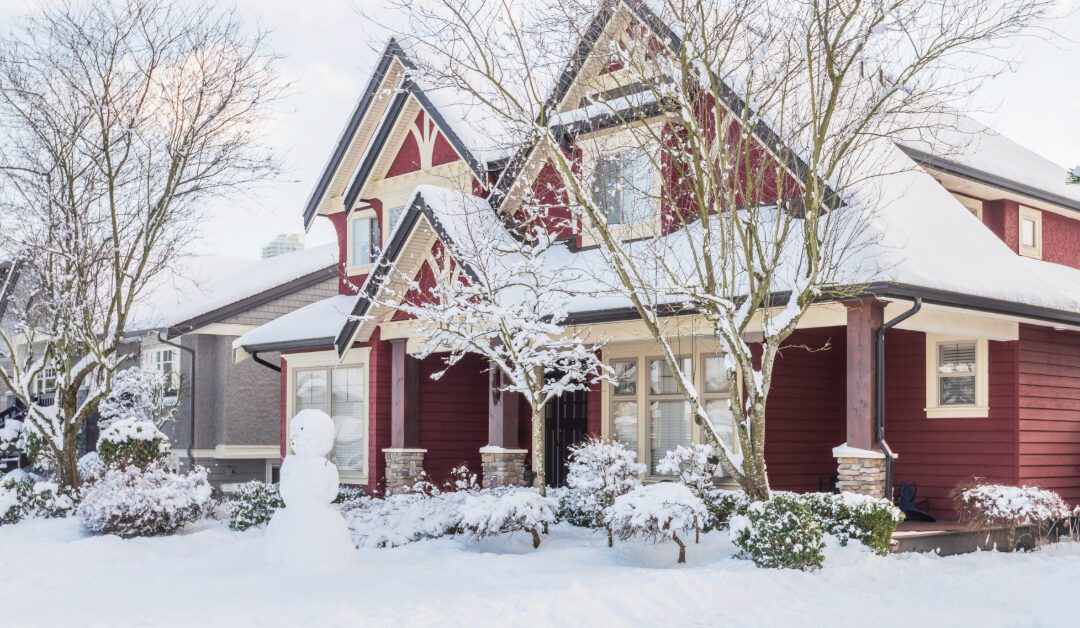With temperatures plummeting and snowflakes blanketing the landscape, it’s easy to get caught up in the enchantment of winter while forgetting about potential plumbing pitfalls. However, neglecting your home’s pipes and fixtures during this season can lead to disastrous consequences.
From hidden leaks that expand as frozen water thaws to overtaxed water heaters struggling to keep up with increased demand, numerous vulnerabilities are lurking within your home’s plumbing network. But fear not! By following our 5 crucial plumbing inspections and harnessing the knowledge of Ehret Inc., you can safeguard your dwelling against frigid hazards and enjoy a cozy winter oasis without any unwelcome surprises.
Importance of winter plumbing inspections
As the winter chill sets in, it’s essential to prioritize plumbing inspections to ensure your home is ready for the colder months. Winter weather places additional stress on your plumbing system, making it more susceptible to issues such as frozen pipes and leaks. By conducting a thorough inspection before winter arrives, you can identify and address any potential problems, preventing costly damages down the line.
Neglecting winter plumbing inspections can lead to disastrous consequences. Frozen pipes can burst, causing extensive water damage and requiring costly repairs. Additionally, undetected leaks can waste water and inflate your utility bills. Taking proactive measures to assess the condition of your plumbing system can save you from unnecessary headaches during the most challenging time of the year for your home’s infrastructure. Don’t let the winter catch you off guard – schedule a professional plumbing inspection today to safeguard your property against potential cold-weather disasters!
1. Check for Leaks
It’s easy to overlook the tiny, telltale signs of a leak in your home’s plumbing system, but addressing these issues before winter sets in is crucial. Checking for leaks isn’t just about preventing water damage; it can also save you money on your water bill and avoid major plumbing emergencies down the line. Start by inspecting all visible pipes and fittings for any signs of moisture or corrosion. Even minor drips should be addressed promptly to prevent them from turning into costly repairs.
A thorough inspection should also include testing water pressure and looking out for unexplained increases in your usage. Don’t forget about the water line – if it’s old or showing signs of wear, consider a professional assessment for potential replacement or repair. By being proactive and addressing leaks now, you’ll not only ensure that your home is ready for winter but also save yourself from potential headaches later on.
Checking for leaks isn’t just a precautionary measure; it’s an essential step in maintaining your home’s plumbing system. Whether it’s a small drip or a hidden problem within your water line, taking action now can prevent bigger issues from arising in the future. Make sure to schedule regular inspections and address any concerns promptly to keep everything flowing smoothly throughout the winter months.
2. Insulate Exposed Pipes
Insulating exposed pipes is a crucial step in preparing your home for the winter months. While many people focus on insulating their homes, they often overlook the importance of ensuring their plumbing system is ready for extreme cold temperatures. Uninsulated pipes are susceptible to freezing and bursting, which can lead to costly water line repair or even the need for water line replacement. By taking the time to insulate exposed pipes, you can protect your home from potential water damage and avoid the inconvenience of dealing with a plumbing emergency during winter.
Insulation materials such as foam sleeves or fiberglass pipe wrap can be easily installed to provide a barrier against freezing temperatures. It’s essential to pay special attention to pipes located in unheated areas, such as basements, attics, and crawl spaces. Additionally, outdoor pipes and those against exterior walls are particularly vulnerable to freezing and should be insulated. By proactively addressing these vulnerable areas within your plumbing system, you can ensure that your home remains safeguarded against potential winter-related plumbing issues. So take some time this fall to inspect and insulate exposed pipes – it’s a small investment that could save you from significant headaches down the road.
3. Review Indoor Faucets and Drains
As the colder months approach, it’s crucial to review indoor faucets and drains to ensure your home is ready for winter. Begin by examining all indoor faucets for any leaks or signs of wear, which can worsen during the freezing temperatures. Addressing these issues now can prevent costly repairs later on. Additionally, checking and clearing out any debris from indoor drains will help maintain proper water flow and reduce the risk of clogs, especially as family gatherings and holiday cooking increase in frequency.
Taking the time to review indoor faucets and drains now can save you from potential headaches in the future. Properly functioning faucets and drains will not only contribute to a smoothly running household but also provide peace of mind during the coldest time of year. Winterizing your plumbing may seem like a daunting task, but by addressing these crucial areas early on, you’ll be better prepared to face whatever challenges this season brings.
4. Test Sump Pump Functionality
As winter approaches, it’s crucial to ensure that your home is prepared for the challenges of the season. One often overlooked yet crucial aspect of this preparation is testing the functionality of your sump pump. This simple task can save you from potential flooding and water damage during heavy rains or snowmelt.
To test your sump pump, start by pouring a bucket of water into the sump pit. Observe whether the pump kicks in and efficiently removes the water. Additionally, check for any unusual noises or vibrations that could indicate a problem with the pump’s motor or impeller. Remember, a well-functioning sump pump is your first line of defense against basement floods, making it essential to include in your pre-winter checklist.
5. Inspect Water Heater
Inspecting your water heater is a critical step in preparing your home for the winter months. Begin by checking for any signs of rust or corrosion on the tank and fittings, as these could indicate potential leaks or malfunctions. It’s also important to examine the pressure relief valve to ensure it is functioning properly and releasing excess pressure when needed.
Additionally, pay close attention to the temperature and pressure settings on your water heater, as incorrect settings can not only decrease efficiency but also pose safety risks. Be sure to check for any unusual noises or odors coming from the unit, as these could be indicators of impending issues that may require water heater repair or replacement. By staying proactive in inspecting your water heater, you can prevent unexpected breakdowns and ensure an uninterrupted hot water supply throughout the winter season.
While it’s easy to overlook our trusty water heaters during routine home maintenance checks, giving them some extra attention before winter sets in can save you from costly surprises down the line. Remember that regular inspections can help identify early warning signs that might lead to potential problems with your unit. Investing time in inspecting and maintaining your water heater now can ultimately save you from inconvenience and expenses associated with emergency repairs or replacements later on.
Consider Professional Inspection
While it’s essential to conduct regular DIY inspections of your plumbing system, there’s no substitute for a professional inspection. Hiring a licensed plumber to assess your home’s plumbing can uncover hidden issues and provide peace of mind as the temperature drops. A professional inspection not only identifies potential problems but also offers valuable recommendations for maintenance and repairs, saving you from costly winter emergencies.
Additionally, a professional plumber has the expertise to detect underlying problems that may not be evident during a visual inspection. Their specialized tools and knowledge enable them to pinpoint issues such as leaky pipes, corroded fittings, or water pressure irregularities that could escalate into major concerns during the colder months. By investing in a professional inspection now, you can address any looming plumbing challenges before they escalate and ensure your home is fully prepared for the winter season.
Importance of proactive winter plumbing maintenance
As the winter season approaches, proactive plumbing maintenance is crucial to ensure your home withstands the challenges of plummeting temperatures. By taking preemptive measures to inspect and maintain your plumbing system, you can avoid costly repairs and inconveniences during the cold months. Frozen pipes, burst water lines, and leaks are common issues that can be prevented with regular maintenance.
Furthermore, conducting thorough plumbing inspections before winter sets in helps identify potential problems early on, allowing for timely repairs that can save homeowners from bigger headaches down the road. From checking insulation in vulnerable areas to ensuring proper drainage in outdoor fixtures, proactive maintenance is essential for a hassle-free winter plumbing experience. Remember: a stitch in time saves nine – investing effort now will yield peace of mind when chilly winds start howling outside.

